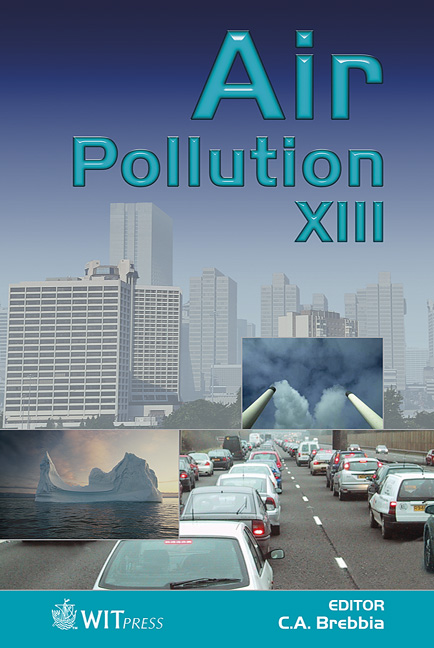Assessment Of Roadside Air Quality In The Tokyo Metropolitan Area By A Novel Biomonitoring Method
Price
Free (open access)
Transaction
Volume
82
Pages
14
Published
2005
Size
1,446 kb
Paper DOI
10.2495/AIR050581
Copyright
WIT Press
Author(s)
K. Fukushi, C. Sriussadaporn, D. Shimazaki & K. Yamamoto
Abstract
In order to evaluate air quality in Tokyo, a novel biomonitoring method has been developed. This paper aimed to utilize the plant comet assay for determining the integrated effect of urban air quality and environmental stresses on the three plant species: Ginkgo, Pothos, and Periwinkle. The combination of air pollutants caused by traffic was suspected as the main stressor of DNA damage in the urban biota. Therefore, the different patterns between DNA migration ratios of the selected test species in roadside and non-roadside areas in an urban environment were observed. This study also focused on the change in the degree of DNA damage depending on the exposure time due to the environmental stresses, including the additional effect induced by roadside air pollutants. Keywords: plant comet assay, air pollution, biomonitoring, Ginkgo, Pothos, Periwinkle, Tokyo. 1 Introduction Tokyo, a city employing over 12 million population and millions of vehicles, is known as one of the largest city in Asian region. The city is densely populated and large amount of people are exposed to motor vehicle exhaust. The assessment of health risk caused by hazardous compounds in vehicle exhaust has been carried out mainly by measuring known hazardous substances in the atmosphere. However, such approach may not be able to find risks by unknown substances or a substance that cannot be measured by instrumentation analyses.
Keywords
plant comet assay, air pollution, biomonitoring, Ginkgo, Pothos, Periwinkle, Tokyo.





